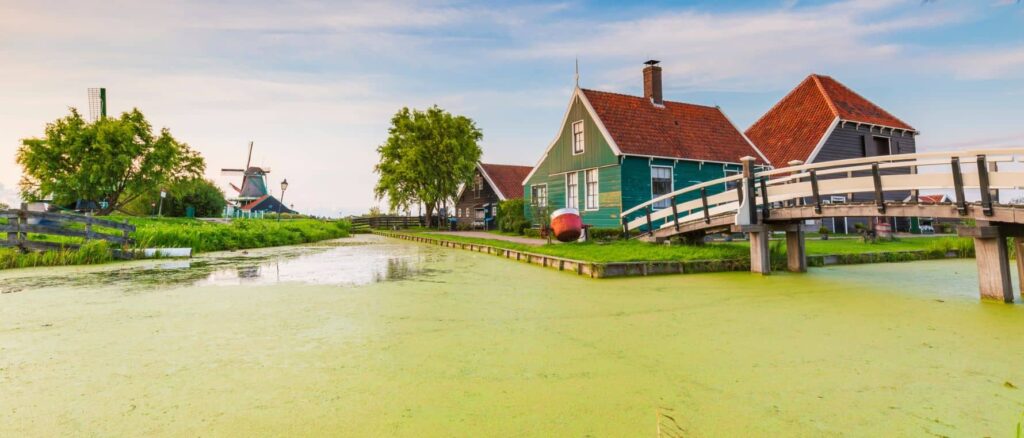
Envision waking up to a breathtaking waterfront panorama, only to discover it tainted by a thick, green film of algae. Harmful algal blooms (HABs) have been shown to significantly impact property values, particularly those near affected water bodies.
These findings illuminate a harsh reality: beyond their environmental implications, algal blooms impose a heavy financial burden on homeowners and local communities. The need for effective management and mitigation strategies is urgent to safeguard property values and preserve economic stability.
Economic Consequences of HABs
Harmful algal blooms (HABs) are not only an environmental and public health issue but also have significant economic repercussions, particularly in the real estate market. These blooms, which are exacerbated by nutrient runoff and changing climatic conditions, lead to declines in water quality, recreational opportunities, and aesthetic appeal of affected water bodies. This, in turn, negatively impacts property values, causing substantial financial losses for homeowners and communities.
Ohio State University researchers have conducted a study estimating the economic impact of harmful algal blooms (HABs) on property values. They found that algal blooms at two Ohio lakes, Grand Lake St. Marys and Buckeye Lake, led to a combined loss of $152 million in property value over the course of six years. This decrease in property value is attributed to the diminished aesthetic appeal, health concerns, and reduced recreational opportunities caused by the presence of harmful algae .

Another study estimated that HABs have the potential to affect between 24,000 and 210,000 properties within a 10-mile radius from the Lake Erie coastline. This impact underscores the widespread economic risk posed by algal blooms and the need for effective algal bloom management.
Properties that depend on tourism, such as vacation rentals, hotels, and recreational facilities, experience a sharp decline in visitors, leading to significant economic losses for the local economy. When lakes are closed and people can’t swim due to harmful algal blooms, the impact on local businesses and the overall community is profound, further exacerbating the financial strain.

